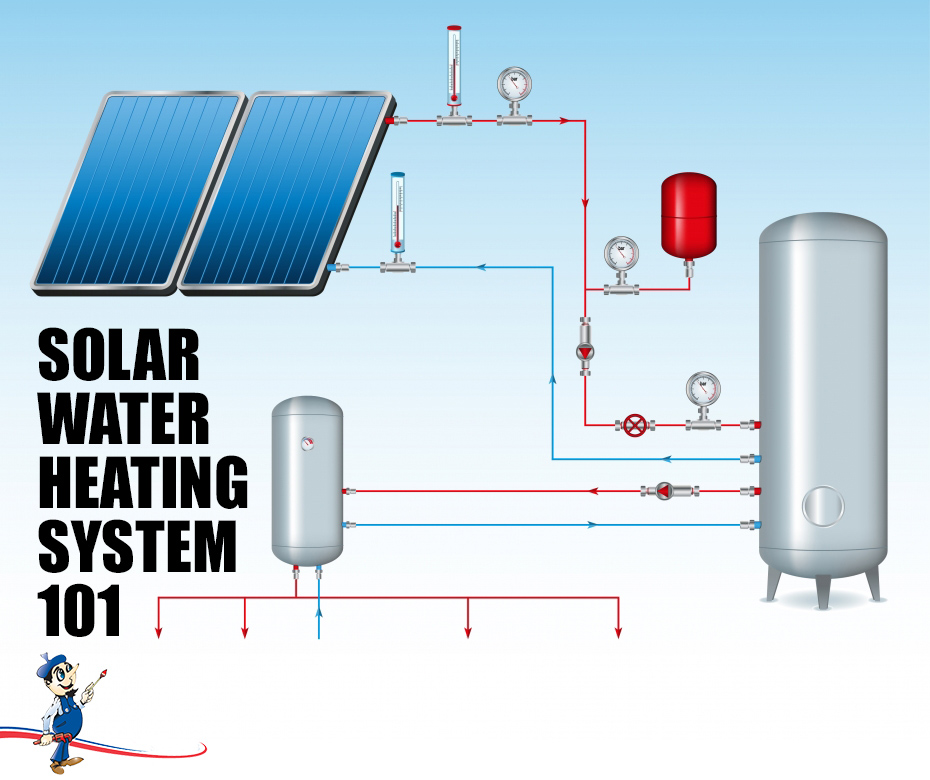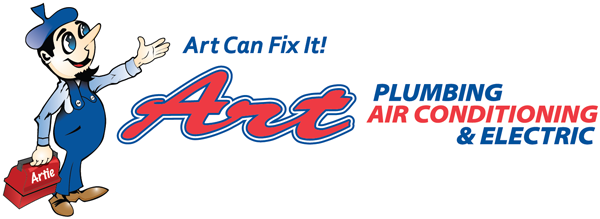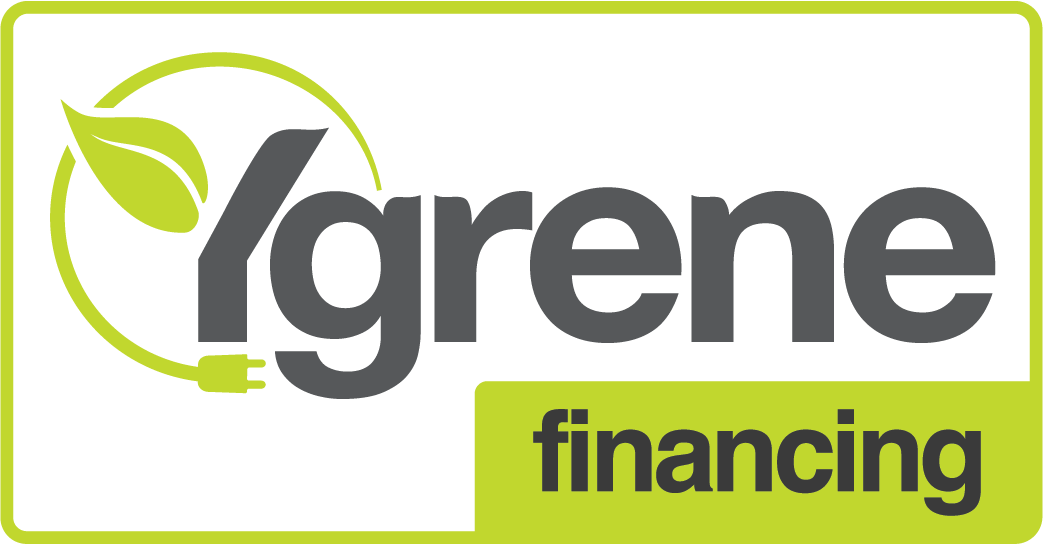Solar Water Heating System 101

Heating of water is often one of the highest consumers of energy in any given household. As consumers look to conserve energy, solar water heating systems have gained increased popularity. While the initial investment seems high, the benefits are incredibly rewarding.
Types of Solar Water Heating Systems
Solar heating systems come in many forms. The systems can vary in the way the water is heated, such as direct loop, indirect loop or a heat pump. The first way systems can vary are in the way heat energy is transferred, which can be split into either the passive or active categories, and the equipment used to heat the fluid. This equipment is known as a solar collector, which can take the form of a flat plate collector, a batch collector or an evacuated tube collector.
With direct solar water heating systems, or open loop systems, the water moves through the collector and is directly heated by the sun before returning back to the storage tank. These systems are recommended for states where freezing temperatures are rare, such as Florida, as frozen water can expand and in doing so damage the piping and collector.
In an indirect loop system, or closed loop, water is not directly heated in the collector. Instead a second fluid, known as heat transfer fluid is circulated through the collector, and is returned to a heat exchanger. The heat exchanger is located inside the water storage tank, and heat is then transferred from the heat transfer fluid to the water. This system benefits from the fact that no water is evaporated inside of the collector, but the heat transfer fluid needs to be topped up every few months.
The most common heat transfer fluids are distilled water or any commercial antifreeze, such as those used in vehicles and machinery. Heat pump systems work like direct systems, but vary as they use electricity to circulate the water between the collector and storage tank, and instead of the water being directly heated by the sun, heat is transferred from the ambient air to the water.
Active systems are water heating systems that need electricity to operate. They require electricity as they make use of water pumps and pump controllers to circulate the water or heat transfer fluid. These systems have higher efficiencies, but have more complicated installations and require more maintenance, but their operation is not affected by changes in temperature. Passive solar water systems do not require any electrical influences to move water but rather rely on natural water pressure or gravity.
Passive systems tend to be cheaper and require less maintenance, but are not recommended for cold climates, and installation is heavily dependent on roof designs.
Types of Solar Collectors
There are three types of collectors, often just referred to as solar panels or solar tubes. The Collector’s purpose is to collect and concentrate solar energy to heat water. Batch (ICS) collectors are unique in the fact that the storage tank works as both water storage and as the collector.
Flat plate collectors are collectors that most resemble traditional solar panels. They are generally made of an insulated box with a series of pipes connected inside with a dark transparent top. Evacuated tube collectors use a series of glass tubes that have been “evacuated” of any air, which creates a vacuum, and helps prevent heat being lost to the environment. Thermosiphon systems use evacuated tube collectors. When the sun heats water, the hot water rises through the tube into the storage tank, while cooler water sinks out of the storage tank to be heated again.
Advantages and Disadvantages of Solar Water Heaters
The most obvious benefit is the savings on your electrical or gas bills. Modern solar thermal panels have an efficiency rating of approximately 80%, which mean 80% of radiation is turned into heat energy. The added benefit of these modern solar panels is that they only measure approximately 6.5’ x 3.3’ but can easily heat an average 40-gallon water heater using only two or three panels.
The downsides of a solar water heating system, is that the solar thermal panels can only be used to heat water, while a solar PV (Photovoltaics) panel can be used to generate electricity, and the generated electricity can be used to both heat water, and power the household.
While solar water heating systems are a great way to reduce your carbon footprint, they are best when used with additional systems. If you are interested in learning more about solar water heating or you need help replacing or repairing your water heater contact Art Plumbing, Air Conditioning & Electric.








